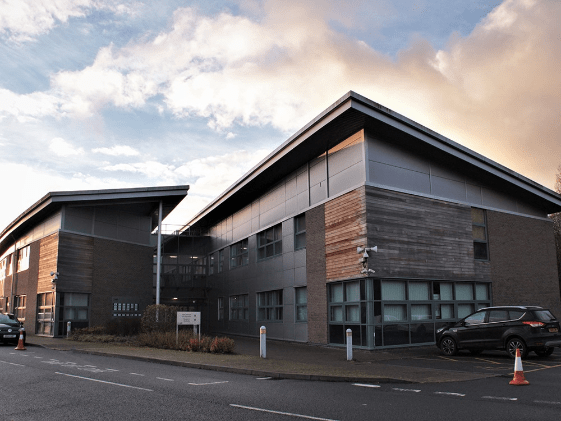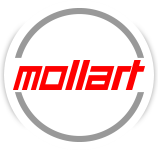I’m looking for:

Our Professional Training Solutions and Services
We are a leading global provider of consultancy and professional training solutions for manufacturing, aerospace and automotive businesses
One of the things that sets TPT Consultancy apart is that our consultants are industry experienced, with many years in senior positions in some of the world’s largest organisations.








